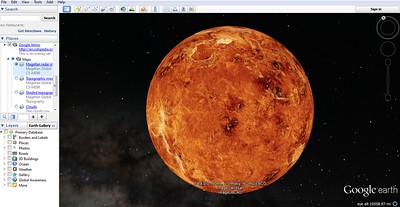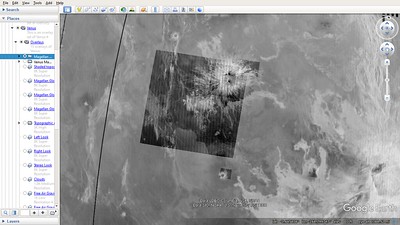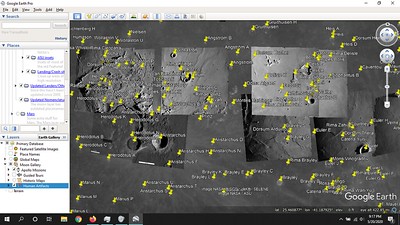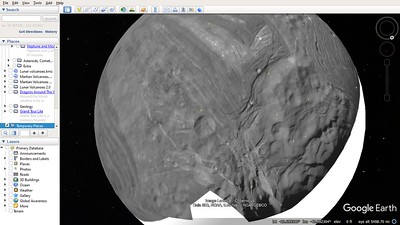NOTE: DUE TO FORUM ATTACHMENT SIZE LIMIT, I HAD TO SEPARATE THIS OVERLAY SET INTO MANY POSTS, YOU WILL HAVE TO CHECK THE REPLIES BELOW AND DOWNLOAD THE PLANETS INDIVIDUALLY (Venus, Moon, Mars is in multiple sections due to particularly large size of their sets and to make room for future updates like new models for future landers)

The Grand Tour overlay is an overlay set of the Solar System I have been developing overtime since 2010. The initial overlay set was lost in 2010 in a hard drive failure and for years I just forgot about it. In 2015, I had much time on my hands and I began work to redo the project better than before. I was close to completion before college courses ramped up and I forgot to finish it. In 2020 due to well... "Terrestrial Events" I had an excess of time to work on stuff and I finally got around to finishing the overlay set bigger and better than I even imagined it in 2015. This probably took several hundred hours to compile.
I have always wanted to share this overlay set on UMSF since it uses a lot of contributions by members here like maps, overlay sets, and even models.
This overlay set contains:
Overlays of 67 additional planetary objects
Models of 40 landers and images from many of them
IAU approved nomenclature for 45 objects
1,000 geolocated NASA Photojournal images
Atmospheric effects for Venus, Titan, Triton, and Pluto
This is just a thing introducing and explaining how the overlay set works since it's really big. The downloads for the planets themselves are in replies below and in the next page.
Click to view attachment

The Grand Tour overlay is an overlay set of the Solar System I have been developing overtime since 2010. The initial overlay set was lost in 2010 in a hard drive failure and for years I just forgot about it. In 2015, I had much time on my hands and I began work to redo the project better than before. I was close to completion before college courses ramped up and I forgot to finish it. In 2020 due to well... "Terrestrial Events" I had an excess of time to work on stuff and I finally got around to finishing the overlay set bigger and better than I even imagined it in 2015. This probably took several hundred hours to compile.
I have always wanted to share this overlay set on UMSF since it uses a lot of contributions by members here like maps, overlay sets, and even models.
This overlay set contains:
Overlays of 67 additional planetary objects
Models of 40 landers and images from many of them
IAU approved nomenclature for 45 objects
1,000 geolocated NASA Photojournal images
Atmospheric effects for Venus, Titan, Triton, and Pluto
This is just a thing introducing and explaining how the overlay set works since it's really big. The downloads for the planets themselves are in replies below and in the next page.
Click to view attachment
To organize this overlay set, create a folder, SET TO "Show contents as options" and place the downloads found below in the replies into it. Venus, Moon, and Mars have a parent folder in the overlays download where you can also put the spacecraft, nomenclature, and NASA photojournal downloads. You should end up with a folder with subfolders for Mercury, Venus, Moon, Mars, Mars moons, Jupiter, Saturn, Uranus, Neptune, Dwarf planets, Asteroids, comets, and extra.























